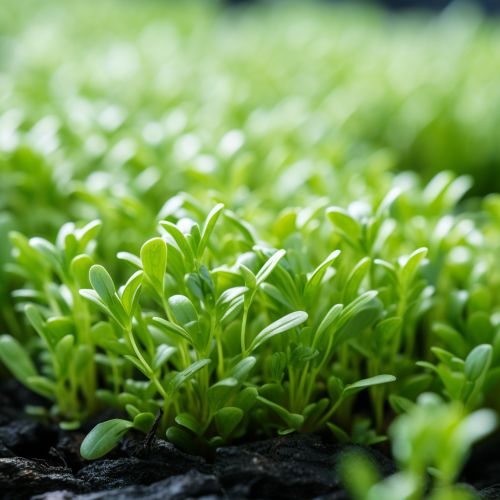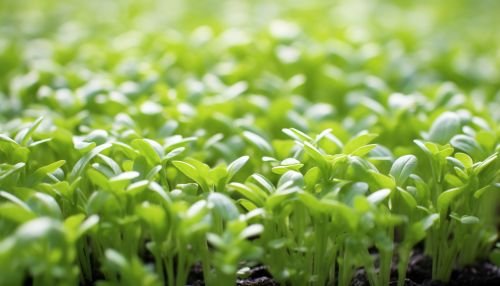Arabidopsis thaliana
Introduction
Arabidopsis thaliana, commonly known as thale cress, is a small flowering plant native to Eurasia. A member of the Brassicaceae (mustard) family, it is widely used as a model organism in plant biology and genetics. Its small size, short life cycle, and ease of cultivation make it an ideal candidate for laboratory studies.


Taxonomy and Naming
Arabidopsis thaliana was first described by the German botanist Friedrich Laibach in 1943. The genus name Arabidopsis comes from the Greek words arabis, meaning "Arabian", and opsis, meaning "resembling". The species name thaliana was given in honor of Johannes Thal, a German physician and botanist.
Description
Arabidopsis thaliana is a small, herbaceous plant that typically grows to a height of 20–25 cm. Its leaves are simple and alternate, with an oval shape and a serrated margin. The flowers are small, white, and borne in clusters at the ends of the stems. The fruit is a long, slender capsule known as a silique, which contains numerous tiny seeds.
Distribution and Habitat
Arabidopsis thaliana is native to Eurasia, but has been introduced to many other parts of the world, including North America and Australia. It is typically found in disturbed habitats, such as roadsides, fields, and waste areas. It prefers well-drained soils and can tolerate a wide range of pH levels.
Life Cycle and Growth
Arabidopsis thaliana has a short life cycle, typically completing its life cycle in 6–8 weeks. It is a winter annual, germinating in the autumn, overwintering as a rosette of leaves, and flowering in the spring. After flowering, the plant dies, leaving behind a large number of seeds that can remain dormant in the soil for many years.
Genetics
Arabidopsis thaliana has a small genome, consisting of five chromosomes and approximately 135 million base pairs. It was the first plant to have its entire genome sequenced, a feat accomplished by the Arabidopsis Genome Initiative in 2000. The genome contains around 27,000 genes, many of which have been functionally characterized.
Use as a Model Organism
Due to its small size, short life cycle, and simple genetics, Arabidopsis thaliana is widely used as a model organism in plant biology and genetics. It has been used to study many aspects of plant biology, including development, metabolism, and responses to environmental stress. Its genome has also been used as a reference for the sequencing of other plant genomes.
Cultivation
Arabidopsis thaliana is easy to cultivate in the laboratory. It can be grown in a variety of media, including soil, agar, and liquid culture. It requires a relatively low light intensity and a temperature of 20–25°C for optimal growth. Seeds can be stored for many years without losing their viability.
